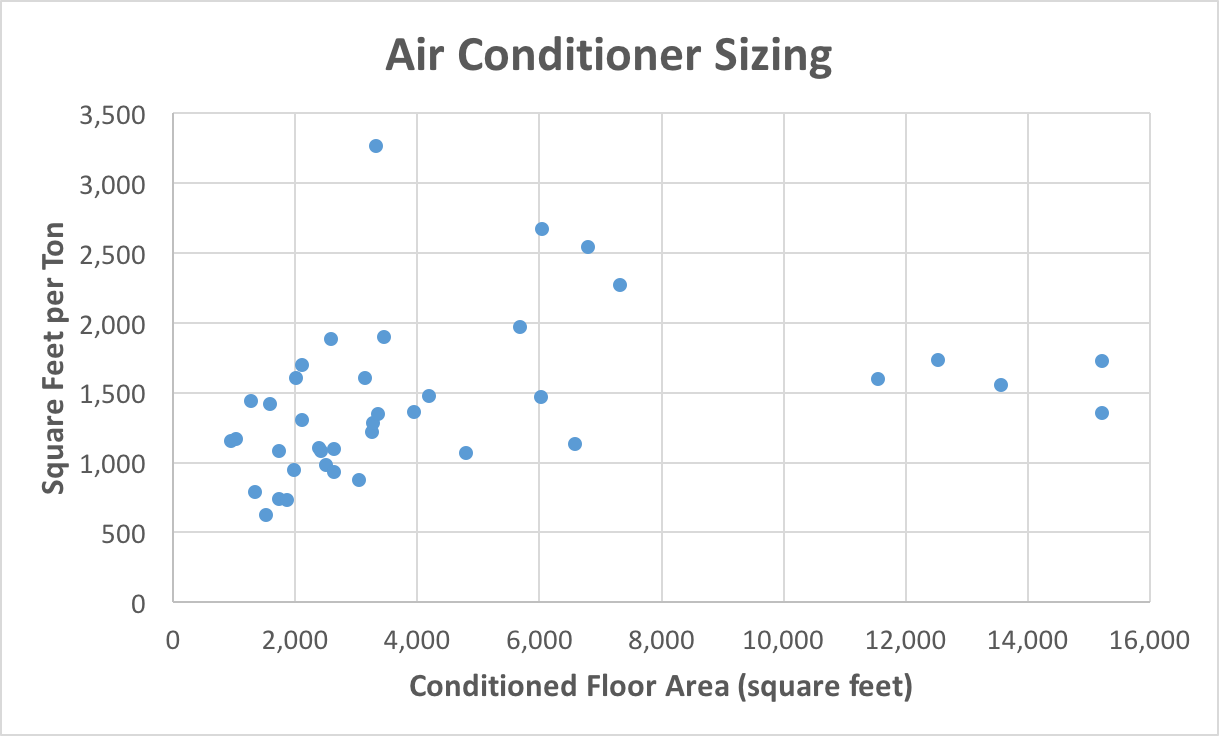Is this something one can run themselves?
There are a few online calculators that can get close if you are VERY aggressive on air tightness, shading factor, and air tightness assumptions on both duct leakage and outdoor air infiltration.
Loadcalc seems to be the most consistent, some people prefer
coolcalc, but I've seen/read of multiple instances on this forum and others where coolcalc came up with numbers 300% greater than what a professional tool delivers with proper inputs.
Slantfin usually overshoots by 35%, but often by 50% or more, but can sometimes be pretty close.
Go ahead and run all three if you have the time, and be as aggressive as possible on the assumptions rather than consertative, taking every possible factor that could lower the load numbers into account (as stated explicitly in the instructions for ACCA Manual-J). If you don't oversize from the LOWEST result of the three you won't end up 3x oversized.
Sanity check the numbers against the graphic in my first response to this thread. If you have a 2500' house and the calculator is telling you your load is only 3/4 tons it's probably not right, despite the one outlier case in the plot of a ~3300' house with a ratio of a ton per 3300' (= 1-ton load). If it's telling you it's 5 tons that's also very unlikely, since that's worse than the worst house in the plot. The vast majority of all houses in the plot are between a ton per 1000' and ton per 2000', with only a handful of smaller houses falling significantly below the ton per 1000' mark.
The existing ducts might be oversized for the flow of a right-sized system and may violate Manual-D on duct velocity, but that's not as big a problem for comfort & efficiency as oversizing. As long as the ducts are reasonably tight and insulated the impacts of suboptimal duct oversizing are small.

